O,.o.
European cyberknife center to be among the first providers in the world to offer the latest advance in gyroscopic radiosurgery.
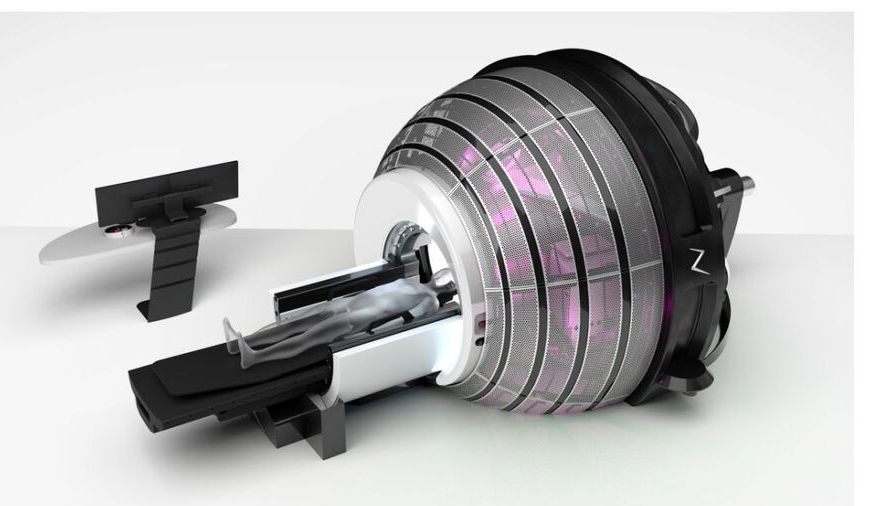
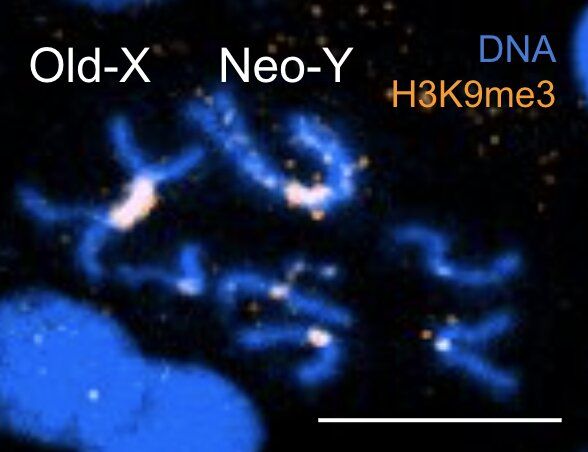
Males may have shorter lifespans than females due to repetitive sections of the Y chromosome that create toxic effects as males get older. These new findings appear in a study by Doris Bachtrog of the University of California, Berkeley published April 22 in PLOS Genetics.
In humans and other species with XY sex chromosomes, females often live longer than males. One possible explanation for this disparity may be repetitive sequences within the genome. While both males and females carry these repeat sequences, scientists have suspected that the large number of repeats on the Y chromosome may create a “toxic y effect” that shortens males’ lives. To test this idea, Bachtrog studied male fruit flies from the species Drosophila miranda, which have about twice as much repetitive DNA as females and a shorter lifespan. They showed that when the DNA is in its tightly packed form inside the cells of young male flies, the repeat sections are turned off. But as the flies age, the DNA assumes a looser form that can activate the repeat sections, resulting in toxic side effects.
The new study demonstrates that Y chromosomes that are rich in repeats are a genomic liability for males. The findings also support a more general link between repeat DNA and aging, which currently, is poorly understood. Previous studies in fruit flies have shown that when repeat sections become active, they impair memory, shorten the lifespan and cause DNA damage. This damage likely contributes to aging’s physiological effects, but more research will be needed to uncover the mechanisms underlying repeat DNA’s toxic effects.
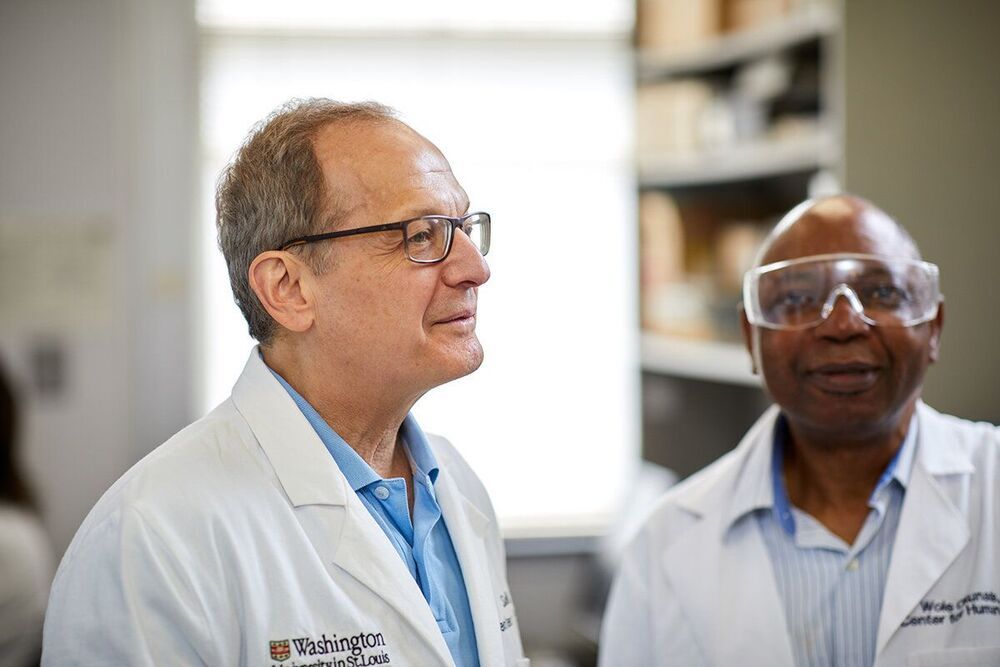
A natural compound previously demonstrated to counteract aspects of aging and improve metabolic health in mice has clinically relevant effects in people, according to new research at Washington University School of Medicine in St. Louis.
A small clinical trial of postmenopausal women with prediabetes shows that the compound NMN (nicotinamide mononucleotide) improved the ability of insulin to increase glucose uptake in skeletal muscle, which often is abnormal in people with obesity, prediabetes or Type 2 diabetes. NMN also improved expression of genes that are involved in muscle structure and remodeling. However, the treatment did not lower blood glucose or blood pressure, improve blood lipid profile, increase insulin sensitivity in the liver, reduce fat in the liver or decrease circulating markers of inflammation as seen in mice.
The study, published online April 22 in the journal Science, is the first randomized clinical trial to look at the metabolic effects of NMN administration in people.
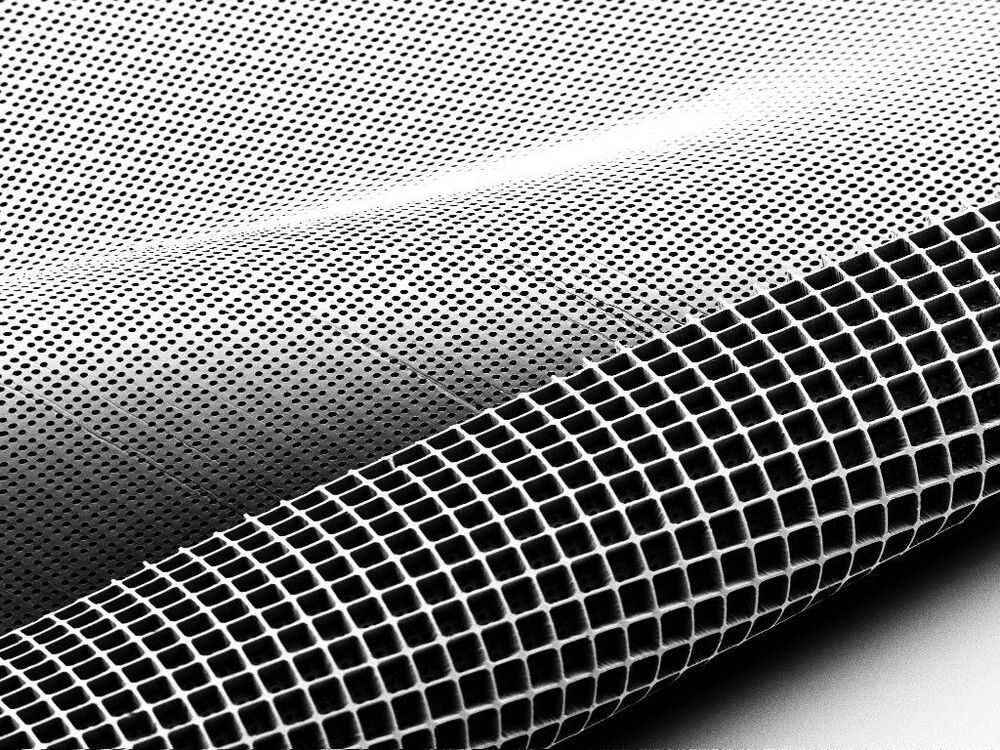
The second-generation of their implantable scaffold takes the shape of an ice cube tray, and can hold three times as many photoreceptor cells — 300000 of them in all — and features cylindrical holes on the underside so these cells can connect with the patient’s retinal tissue as they mature. It is made from a biocompatible material called poly(glycerol-sebacate) that offers the necessary mechanical strength, but is safely metabolized by the body after it serves its purpose.
One of the main causes of vision loss in adults is deteriorative disorders of the retina, like macular degeneration, that are characterized by the death of the eye’s photoreceptor cells. Scientists are therefore focusing a lot of attention on coming up with ways to regenerate these cells, and a team at the University of Wisconsin-Madison (UW-Madison) has engineered a novel type of scaffold that could give these efforts a boost, by improving the precision with which replacement photoreceptor cells can be delivered into the eye.
Way back in 2012, we looked at research in which UW-Madison scientists demonstrated how pluripotent stem cells could be used to grow retinal tissue in the lab. This tissue featured many of the hallmarks of real retinal tissue, including photoreceptor cells, and raised the prospect of harnessing this technique to grow replacement tissue in place within a damaged or diseased eye to restore vision.
“While it was a breakthrough to be able to make the spare parts – these photoreceptors – it’s still necessary to get them to the right spot so they can effectively reconstruct the retina,” says professor of ophthalmology and visual sciences David Gamm. “So, we started thinking, ‘How can we deliver these cells in a more intelligent way?’ That’s when we reached out to our world-class engineers at UW–Madison.”
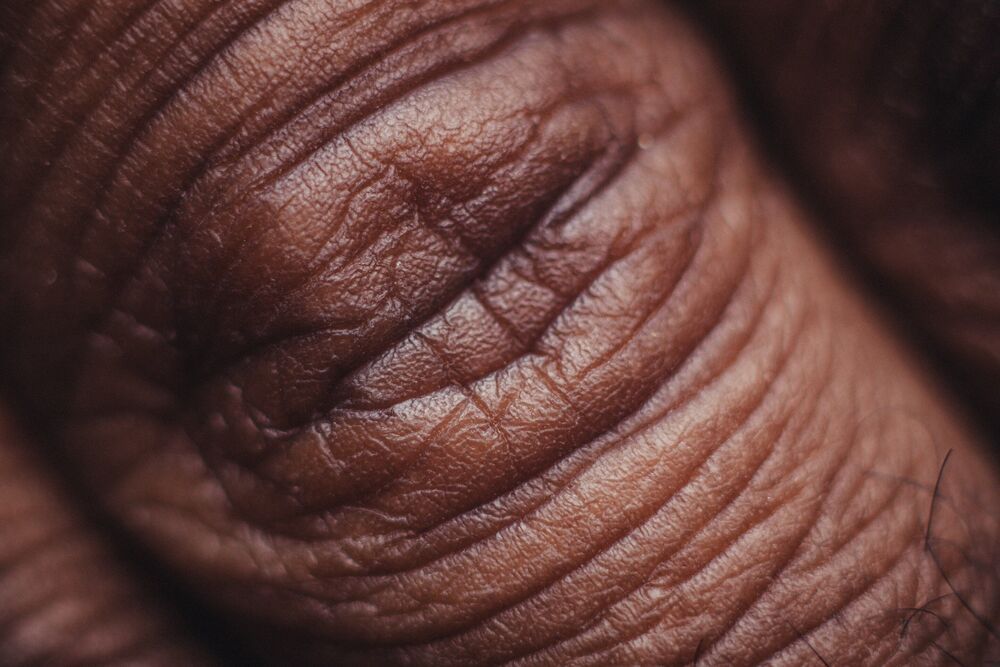
Our ultimate goal is to improve regeneration of functional skin—and maybe other organs with the a similar endogenous mechanism.
University of Manchester scientists have cast new light on how our skin repairs itself, bringing the possibility of regeneration of the organ a step closer.
The study team, funded by the Medical Research Council and Helmut Horten Foundation, showed the activation of specific parts of the DNA leading to better division of human skin cells. The study is published in Nucleic Acid Research.
Two transcription factors —proteins that bind the DNA—were able to enhance a natural process of skin cell division, a desirable outcome in regenerative medicine.
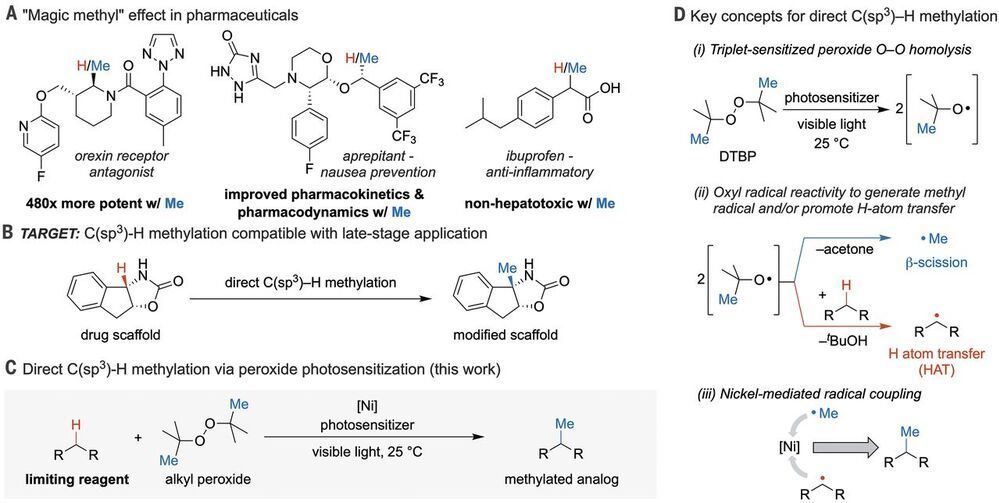
In pharmaceutical research, swapping out hydrogens for methyl groups is a frequent strategy to optimize small-molecule properties. Vasilopoulos et al. report a versatile, convenient, and comparatively safe method for methylation of carbon centers adjacent to nitrogen or aryl rings. Under carefully optimized conditions, di-tert-butyl peroxide plays a dual role as oxidant and methyl source. Cleaving the O–O bond through photosensitization produces butoxyl radicals, some of which cleave substrate C–H bonds, whereas others release methyl radicals that a nickel catalyst delivers to those activated substrates.
Science, this issue p. [398][1]
The “magic methyl” effect describes the change in potency, selectivity, and/or metabolic stability of a drug candidate associated with addition of a single methyl group.
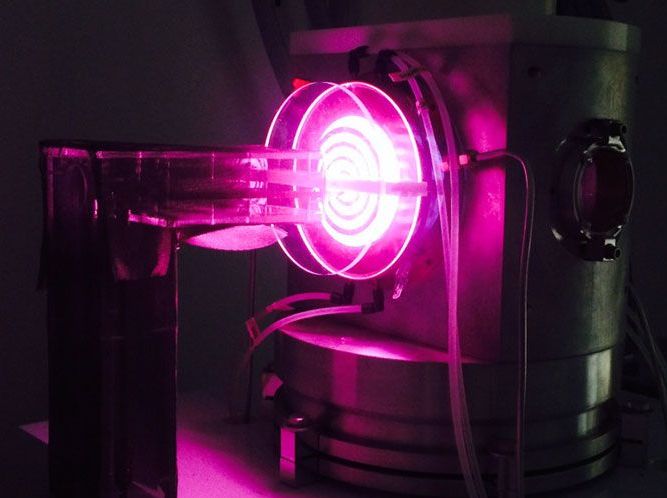
Circa 2019
To create neutrons in the high flux neutron generator, UC Berkeley researchers heat up deuterium atoms in a vacuum chamber to 50000 degrees Celsius to obtain an ionized plasma (pink glow), then accelerate the ions until they collide and fuse with other deuterium atoms implanted in the titanium cathode, releasing neutrons in the process. The spiral coil is the water-cooled radio-frequency antenna that heats the plasma, viewed through a quartz window into the vacuum chamber. (UC Berkeley photo by Cory Waltz)
In an underground vault enclosed by six-foot concrete walls and accessed by a rolling, 25-ton concrete-and-steel door, University of California, Berkeley, students are making neutrons dance to a new tune: one better suited to producing isotopes required for geological dating, police forensics, hospital diagnosis and treatment.
Dating and forensics rely on a spray of neutrons to convert atoms to radioactive isotopes, which betray the chemical composition of a substance, helping to trace a gun or reveal the age of a rock, for example. Hospitals use isotopes produced by neutron irradiation to kill tumors or pinpoint diseases like cancer in the body.

United Parcel Service is taking package delivery to new heights, literally, with the purchase of 10 electric vertical takeoff and landing aircraft from Beta Technologies.
In an announcement Wednesday, Atlanta-based UPS said it will test the eVTOLs for use in its Express Air delivery network, focusing on small and medium markets. The company will operate the eVTOLs under its Flight Forward division, which is also exploring drone delivery.
The new type of aircraft, which looks like a cross between a plane and a helicopter, “unlocks new business models that don’t exist today,” Bala Ganesh, vice president of the UPS Advanced Technology Group, told CNBC. “For example, you can see a future where it’s carrying, let’s say 1000 pounds, 1500 pounds to rural hospitals,” and landing on a helipad instead of an airport.
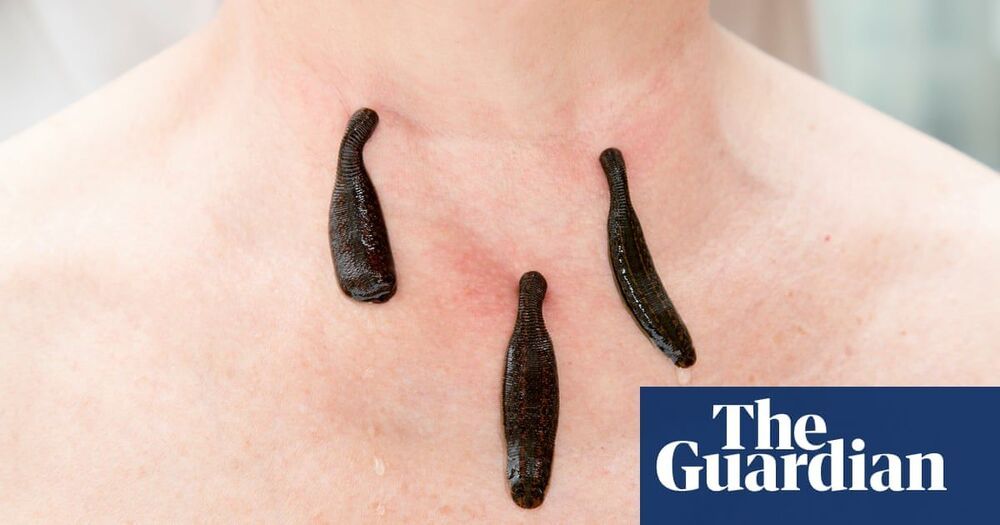
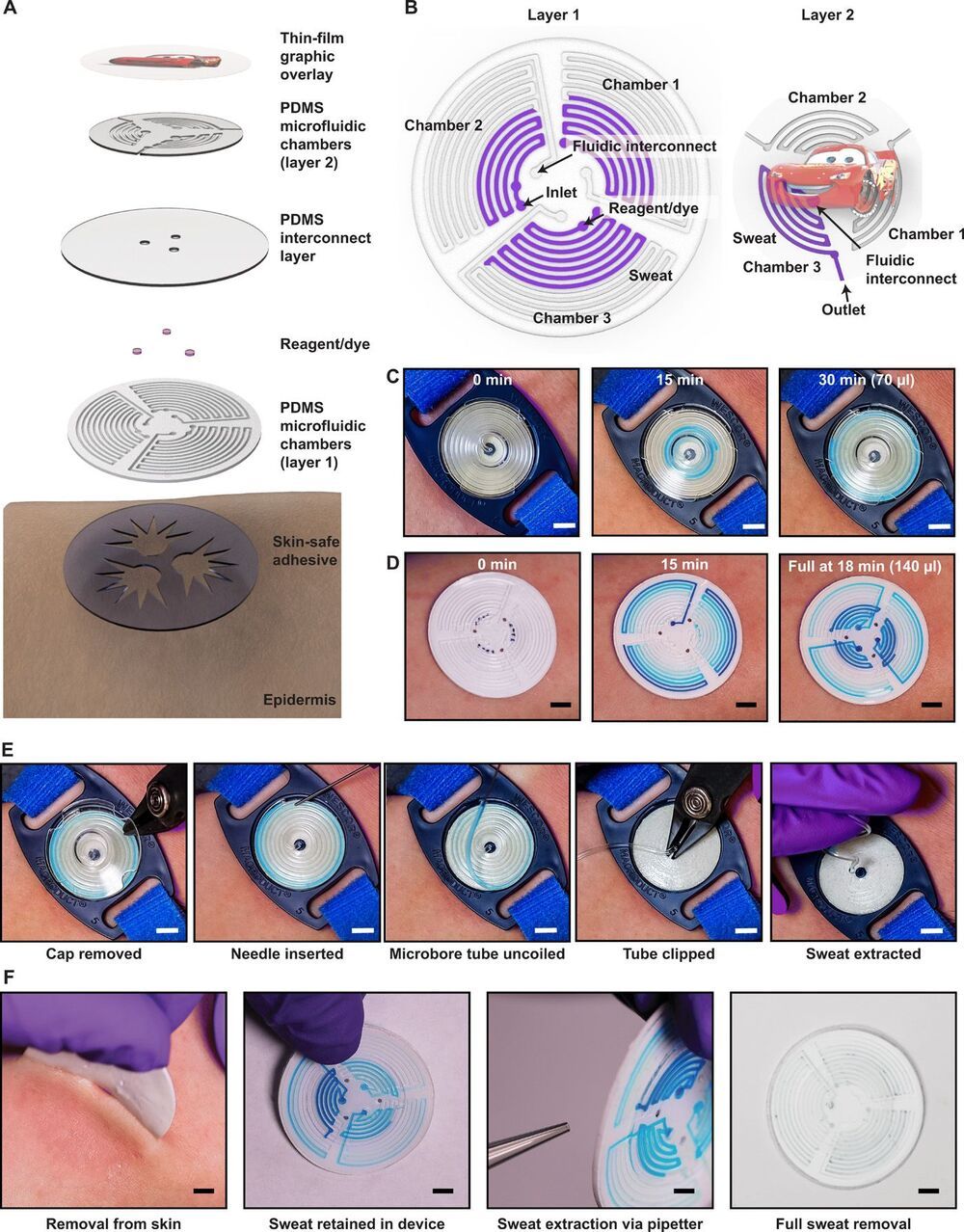
Cystic fibrosis is diagnosed in infants by use of sweat testing as elevated chloride concentrations in sweat are indicative of cystic fibrosis. The current approach can have poor sensitivity and require repeated testing. Toward the goal of developing a noninvasive, simple test for cystic fibrosis, Ray et al. devised an adhesive microfluidic device, or “sweat sticker,” to capture and analyze sweat in real time with colorimetric readout. Benchtop testing and validation in patients with cystic fibrosis showed that smartphone imaging of sweat stickers adhered to the skin could monitor sweat chloride concentrations. Results support further testing of the sweat stickers in larger studies.
The concentration of chloride in sweat remains the most robust biomarker for confirmatory diagnosis of cystic fibrosis (CF), a common life-shortening genetic disorder.